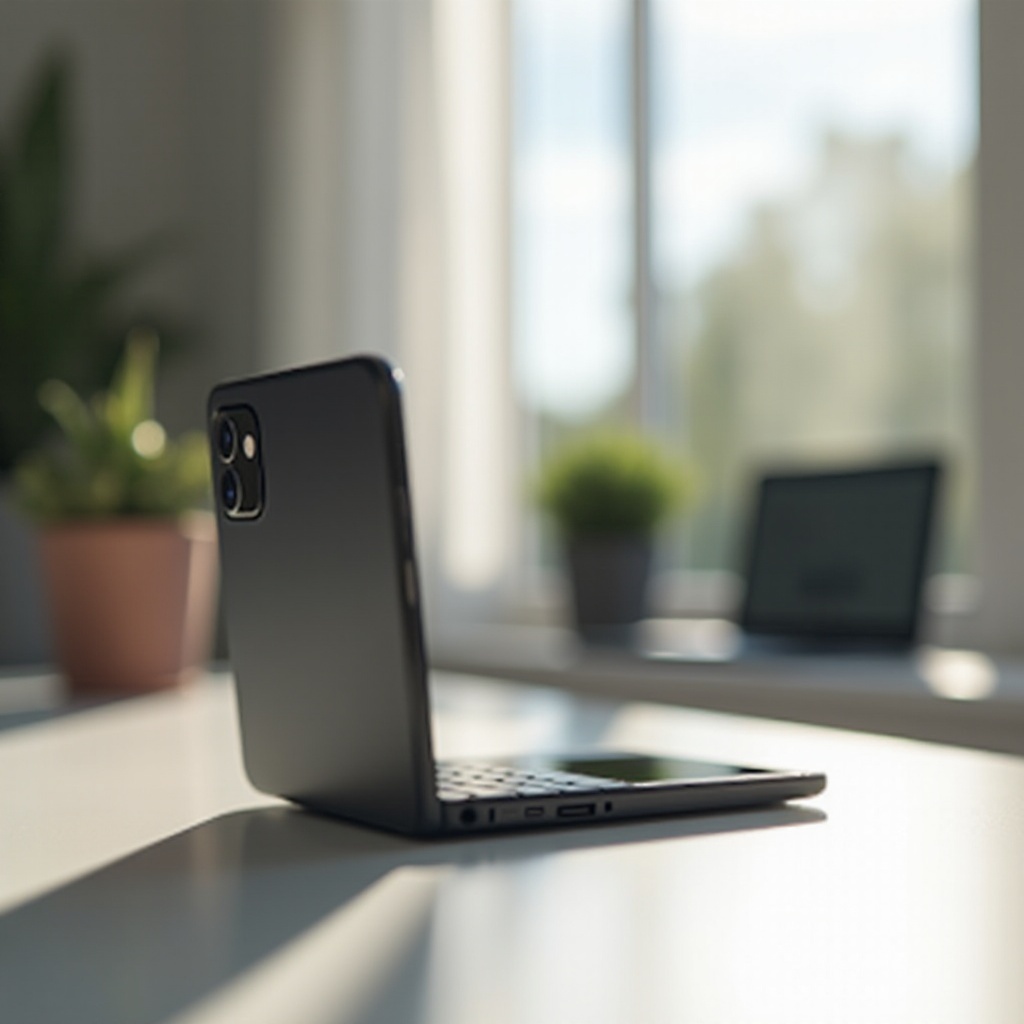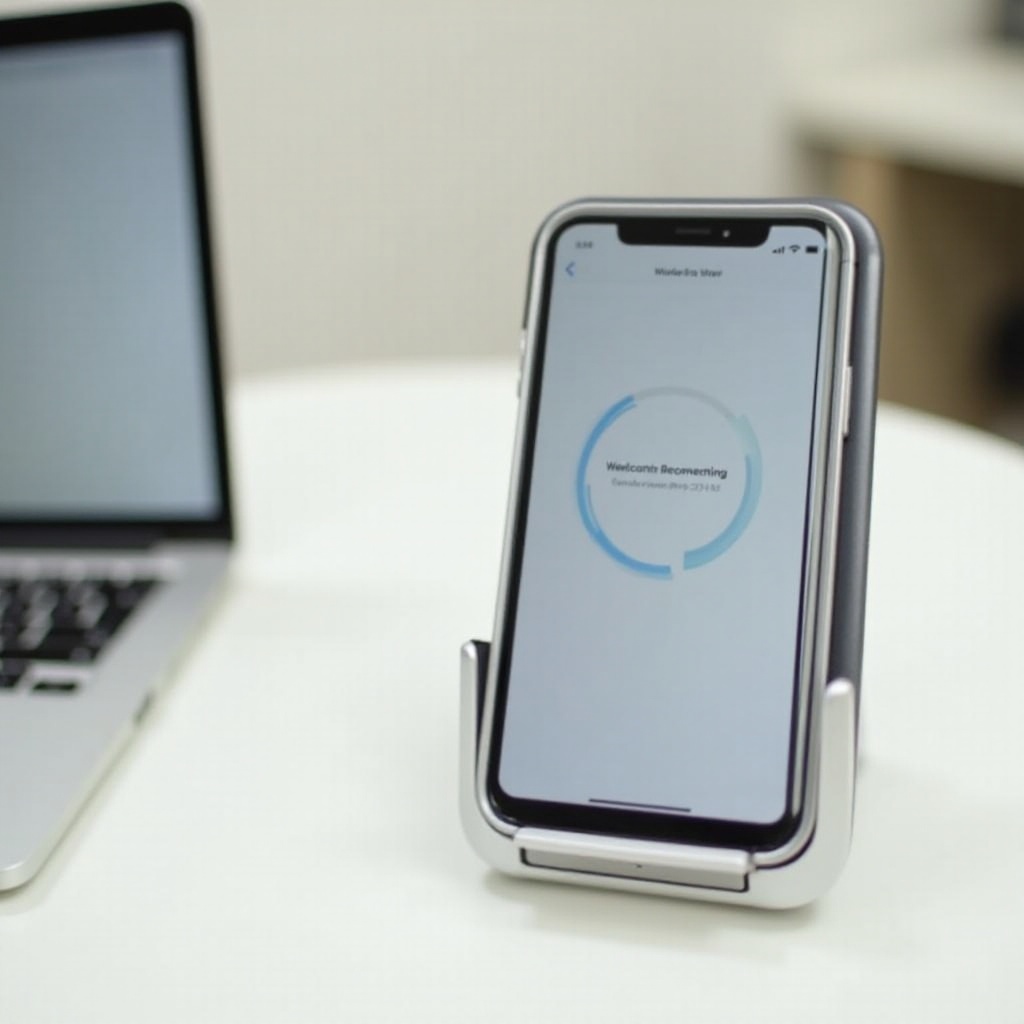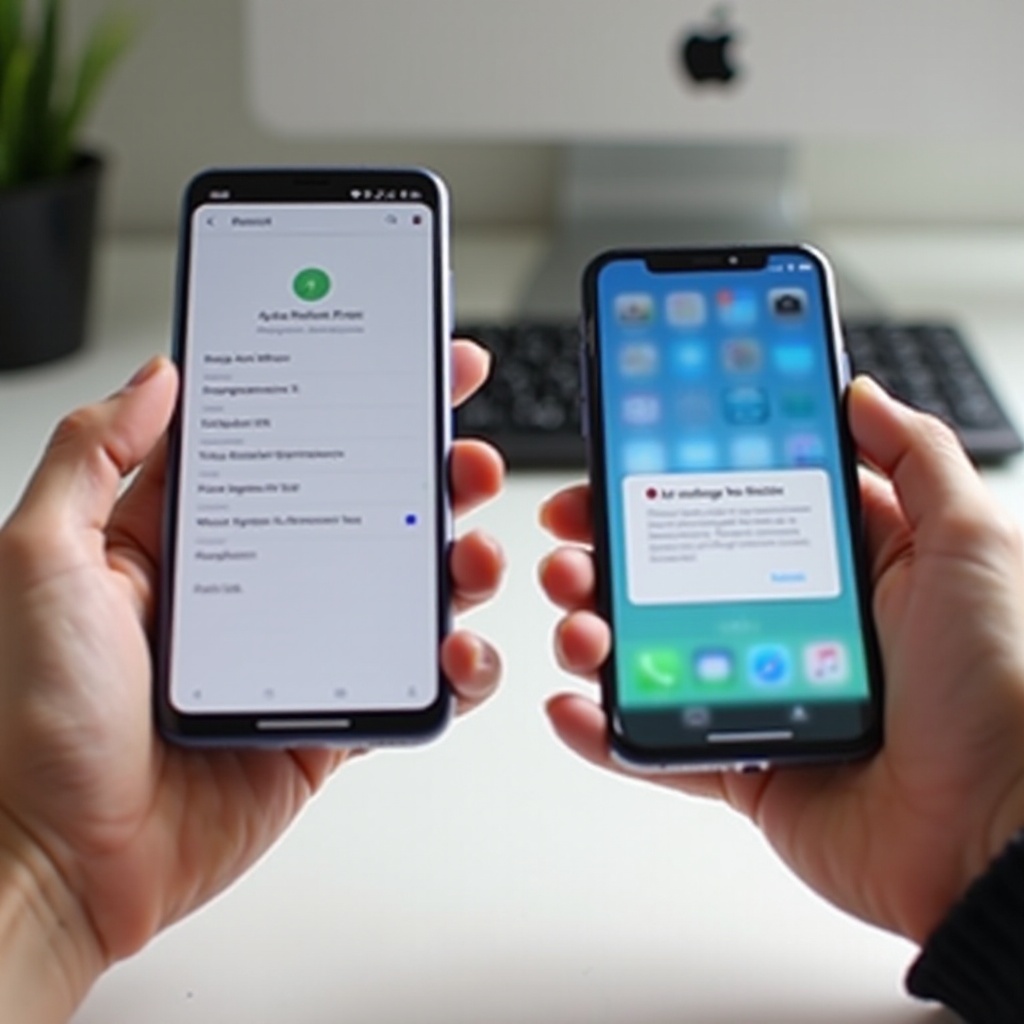Introduction
Switching from an Apple phone to a Google Pixel can be overwhelming. However, with the right instructions, you can transition smoothly. Setting up your new Google Pixel using your Apple phone involves several steps, from transferring data to reinstalling essential apps. This complete guide will walk you through the entire process, ensuring you don’t miss any critical steps.

Preparing for the Setup
Before you begin, gather everything you’ll need. Start by fully charging both your Apple phone and Google Pixel. This ensures that your devices won’t run out of battery mid-process. Ensure both phones are connected to a reliable Wi-Fi network for a smoother data transfer.
Next, update your Apple phone to the latest iOS version. Having the latest software ensures better compatibility. Additionally, back up your data on your iCloud account. This backup acts as a safeguard, helping you prevent data loss during the transfer.
Using the ‘Switch to Android’ App
Google offers the ‘Switch to Android’ app, which simplifies the data migration process from your Apple phone to your Google Pixel. Here’s how to use it:
- Visit the App Store on your Apple phone and download the ‘Switch to Android’ app.
- Open the app and follow the on-screen instructions. The app will guide you through the steps to connect your Apple phone to your Google Pixel.
- A QR code will appear on your Google Pixel. Scan this QR code using your Apple phone.
- Choose what data you’d like to transfer. The options typically include contacts, messages, photos, videos, calendars, and other files.
- Start the transfer process. This may take some time, depending on the volume of data.
The ‘Switch to Android’ app ensures a seamless transition, maintaining the integrity of your files and data.
Transferring Your Data Manually
While the ‘Switch to Android’ app handles most data transfers, you might prefer a manual approach for certain data. Here’s how to go about it:
- Photos and Videos: Use Google Photos, an excellent app for backing up media files. Download it on your Apple phone, upload your photos and videos, and then access them on your Google Pixel.
- Contacts: Export your contacts to a VCF file via the iCloud website. Once exported, email the file to yourself and download it on your Google Pixel, then import the contacts into the Contacts app.
- Music: Use Google Play Music or YouTube Music. Upload your iTunes library to your Google account via the Music Manager on your computer. Then, access and download your music on your Google Pixel.
- Documents: For documents, Google Drive is handy. Upload your files from iCloud Drive or directly from your Apple phone, then download them to your Google Pixel from Google Drive.

Syncing Contacts and Calendars
Syncing your contacts and calendars is essential to ensure you don’t miss appointments or lose any important phone numbers. Here’s how:
- Contacts: On your Apple phone, go to Settings > Accounts & Passwords > Add Account, then select your Google account. Make sure Contacts syncing is enabled. Your Apple phone contacts will now sync with your Google account.
- Calendars: To sync your calendar, follow the same process as for contacts, but ensure Calendar syncing is turned on. This action will sync your Apple phone’s calendar events with Google Calendar.
By syncing contacts and calendars, you’ll keep your essential information at your fingertips.
Setting Up Email Accounts
Email is an essential tool for staying connected. Here’s how you can set up your email accounts on your Google Pixel:
- Gmail: If you use Gmail, sign in to your Google account when setting up your Google Pixel. It will automatically add your Gmail account to the device.
- Other email accounts: Open the Gmail app, tap the Menu button, then go to Settings > Add Account. Select the email provider and enter your login details. Follow the prompts to complete the setup.
Having your email accounts properly configured will help you stay updated with your communications.
Reinstalling and Syncing Apps
Once you’ve set up your email accounts, it’s time to reinstall and sync your apps. Here’s how:
- Identify your apps: Make a list of the essential apps on your Apple phone that you want to transfer.
- Google Play Store: Open the Google Play Store on your Google Pixel. Search and install the apps you need.
- Sync data: For apps that support cross-platform data syncing (like social media apps), simply log in to your accounts on your Google Pixel. Your data will sync automatically.
By ensuring your essential apps are installed and up-to-date, you’ll get the most out of your new device.
Troubleshooting Common Issues
Even with thorough preparation, you might encounter some hiccups. Here’s how to tackle common issues:
- Connectivity issues: Ensure both devices are on the same Wi-Fi network. Restart your router if necessary.
- Data transfer failure: If the transfer stops abruptly, restart both devices and try again.
- Missing data: Double-check the selected data during the transfer process. If anything is missing, consider using a manual transfer method.
These troubleshooting tips can help you overcome common setup challenges.

Conclusion
Setting up your Google Pixel using an Apple phone can be straightforward with the right guidance. From preparing for the setup to troubleshooting common issues, this guide ensures a seamless transition. Remember to back up your data, use helpful apps, and sync your essential information for the best experience.
Frequently Asked Questions
Can I transfer all my apps from iPhone to Google Pixel?
Not all apps can be transferred directly due to platform compatibility. You can reinstall most apps from the Google Play Store.
What do I do if a specific app is not available on Google Play Store?
Look for alternative apps offering similar functionalities to replace unavailable ones on the Google Play Store.
How can I ensure my data is securely transferred?
Use the ‘Switch to Android’ app or Google’s backup solutions to ensure secure and efficient data transfer. Always back up your data before transferring.